Black History Month is more than just a time to remember the historic firsts and innovative accomplishments of African Americans. It is a time to share the triumphs of Black achievements throughout history and across the globe.
From the foundations of civilization to modern trailblazers, Black history is human history. In this collection of 14 inspiring and uplifting Black history stories, we will focus on the courage, brilliance, and inventiveness that helped shape our world.
1. A Kingdom that Rivaled Ancient Egypt
The powerful, wealthy, sophisticated Kingdom of Kush, which is sometimes called Nubia, was a strategically significant and flourishing civilization in ancient Africa that rivaled that of the ancient Egyptians. Kush was also located along the Nile River, but it was Egypt’s southern neighbor. The region controlled by the Kushite was rich in gold and iron mines.

The Kingdom of Kush existed from about 2000 BC to 350. During that time, the Kushite people interacted with the Egyptians and the two cultures influenced each other in many ways. In fact, the Kushites conquered the Egyptians and, for a time, ruled over them. Like the Egyptians, the Kushites built large pyramids and ornate temples, many of which are still standing today.
2. An African City So Grand that European Explorers Didn’t Believe African People Built It
The ruins of a large and imposing medieval city called Great Zimbabwe can be found in the African country of Zimbabwe near Lake Mutirikwi. The once-great city was built in the 11th century and flourished until it was abandoned for unknown reasons in the 15th century. The city’s builders, ancestors of the Shona people, displayed exceptional engineering skills.

In the mid-1800s, the area was claimed as a British colony. When European archaeologists began studying the ruins of Great Zimbabwe, the white government tried to persuade them to declare that it was not built by Black Africans. They didn’t want the rest of the world to see and appreciate the achievements of Black African cultures. It didn’t fit the narrative of the White savior.
3. A Great Center of Ancient Knowledge that Was Not Located in Europe
Too many of us equate the great seats of ancient knowledge with notable European locations, like Rome and Athens. For many centuries during the medieval era, Timbuktu was a center of learning and wisdom. The African city of Timbuktu, located in the present-day country of Mali, was home to the Scholars of Timbuktu.

Three mosques in Timbuktu – Sidi Yahya, Djinguereber, and Sankore – were central to a well-organized community of scholars. These great scholars advanced our modern understanding of Islamic history and academic pursuits, wrote hundreds of books and manuscripts on scientific, philosophical, and historic topics, and documented the achievements of African poets, astronomers, physicians, and scientists.
4. King Balthazar, the Black Wise Man
According to the Bible, three kings – wise and wealthy men – visited the newborn Christ Child in the manger in Bethlehem. Biblical scholars tell us that these men were Caspar from a kingdom on the Turkish coast, Melchior from Arabia, and Balthazar from the Kingdom of Aksum in Africa.
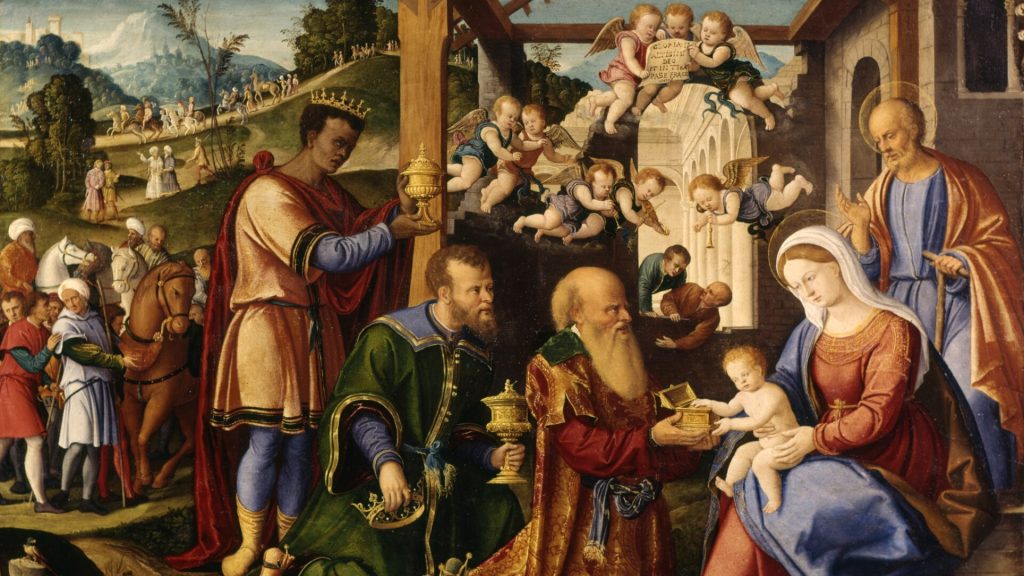
Interestingly, European artists typically depicted all three kings as white men until the 1300s and 1400s. A study of paintings from this time period through the 1800s shows a slow progression of Balthazar from white to light-skinned black to an authentic-looking African king. Why did it take so long for people to depict Balthazar as a Black man? Much of the reason was because white Europeans clung to a belief in their own superiority.
5. The Richest Man Who Ever Lived Was Black
Mansa Musa, a ruler from the African country of Mali, amassed an incredible fortune from trading gold, salt, and silk. He has been called the wealthiest man who ever lived, and his riches far exceeded those of white European rulers. During his reign, which lasted for a 25-year-period from 1312 to 1337, Mansa Musa made a pilgrimage to Mecca. Mansa Musa was not one to travel light.

On his pilgrimage, which took place in 1324 and 1325, Mansa Meca made the journey with a procession of 60,000 attendants, all wearing Persian silk and brocade garments. Among those attendants were 12,000 finely dressed slaves who each carried four-pound gold bars and 80 camels, each carrying up to 300 pounds of gold. He handed out gold to poor people he met along the way and stimulated local economies by purchasing food for his men and animals.
6. Astronomical Discoveries that Were Ahead of Their Time
Most ancient African cultures were keen observers of the night sky and charted the movement of celestial bodies. The Dogon people of Mali, however, were lightyears ahead of the rest of the world in their astronomical discoveries. Without the aid of telescopes, the Dogon people had an understanding of the rings of Saturn, the moons of Jupiter, and the spiral shape of the Milky Way.
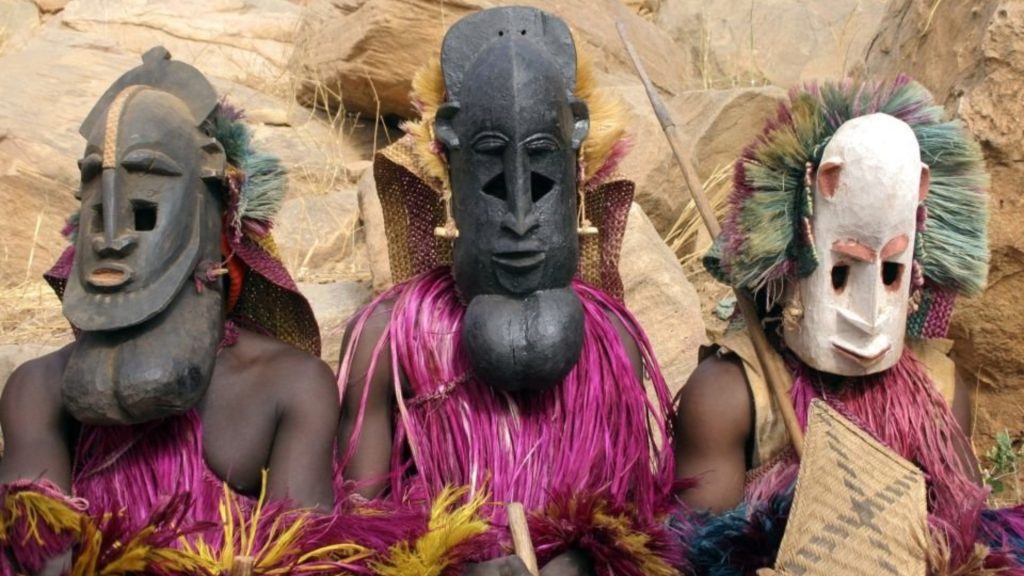
Most remarkable of all was the Dogon’s insistence that the Sirius star system contained two stars, the bright Sirius A and the much dimmer Sirius B, which cannot be seen with the naked eye. The Dogon people spoke of the existence of Sirius B for hundreds of years. Then, in 1990, astronomers using powerful telescopes finally realized that the Dogon were right all along.
7. Math Came Out of Africa
Many advanced mathematical concepts were developed by Black mathematicians thousands of years ago. African cultures developed the first methods of counting. The Ancient Egyptians had math textbooks dating back more than 35,000 years that included formulas for calculating area and volume of geometric shapes and for multiplying and dividing fractions.
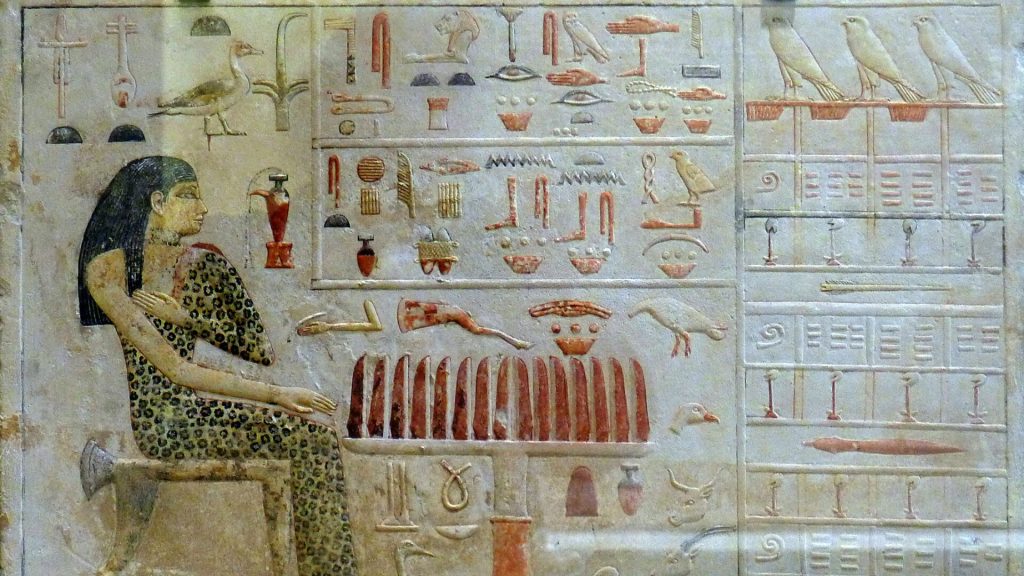
The Egyptian mathematicians could calculate angles and distance. They understood theoretical math and algebraic equations. They ascribed 360 degrees to a circle and calculated pi. Their high-level math skills were put to good use. The Egyptians used them to predict the Nile River’s floods and to construct the pyramids.
8. Africans Arrived in South America Before European Explorers
History books generally tell us that European explorers and navigators discovered the Americans, however there is evidence to strongly suggest that ancient African sailors made it across the Pacific Ocean and arrived in South America hundreds of years before explorers from Europe.

Both the Mali and Songhai civilizations built study boats that measured 100 feet long and 13 feet wide. They even included cabins, storage holds, and a cooking area. These boats, loaded with up to 80 tons of cargo and men, could ride the currents from Africa’s west coast to South America. Evidence found in the east coast of South America supports the idea that African made it to the New World.
9. Chicago Was Founded by a Haitian-Born Black Man
A Black man of African descent who was born in Haiti, Jean Baptiste Point DuSable traveled extensively throughout the Great Lakes region in the mid to late-1700s. Sometime around 1780, he set up a trading post at the mouth of the Chicago River along the shores of Lake Michigan. This made him the first non-native permanent settler in the outpost which would grow into the city of Chicago.

Jean Baptists Point DuSable’s role as the founder of Chicago, however, was historically downplayed as narratives of White French settlers were advanced. DuSable’s legacy was brought to light in the 1960s by various groups who wanted to see his contributions recognized. The city of Chicago officially recognized him as the founder of the city in 1968.
10. The First Person to Reach the North Pole Was a Black Explorer
Maryland-born Matthew Henson, an African American man born to freed parents, was one of the leading arctic explorers of his day. In fact, it was Henson, not his fellow explorer Robert Peary, who actually reached the North Pole first. Peary had tried for 18 years to reach the North Pole. He met Henson in 1891 and invited him to join his many arctic expeditions.

During one such expedition, Henson and Peary, accompanied by four Inuit assistants, were closing in on the North Pole. Acting as the group’s scout, Henson went ahead to find the best route. On April 6, 1909, he arrived at the North Pole, then backtracked to guide Peary and the others to the spot. For many years, Peary basked in the glory of being the first person to locate the North Pole, but in recent years, Henson’s achievement has been recognized and honored.
11. The African American Athlete Who Proved Hitler Wrong
In the 1930s, Adolf Hitler was laying the groundwork for his evil plans by espousing his belief that the Aryan race – German Caucasians, especially with blond hair and blue eyes – was greatly superior to all other groups of people. The 1936 Olympic Games in Berlin would give him the opportunity to prove this to the world, as he was certain his well-trained German athletes could beat every other competitor.
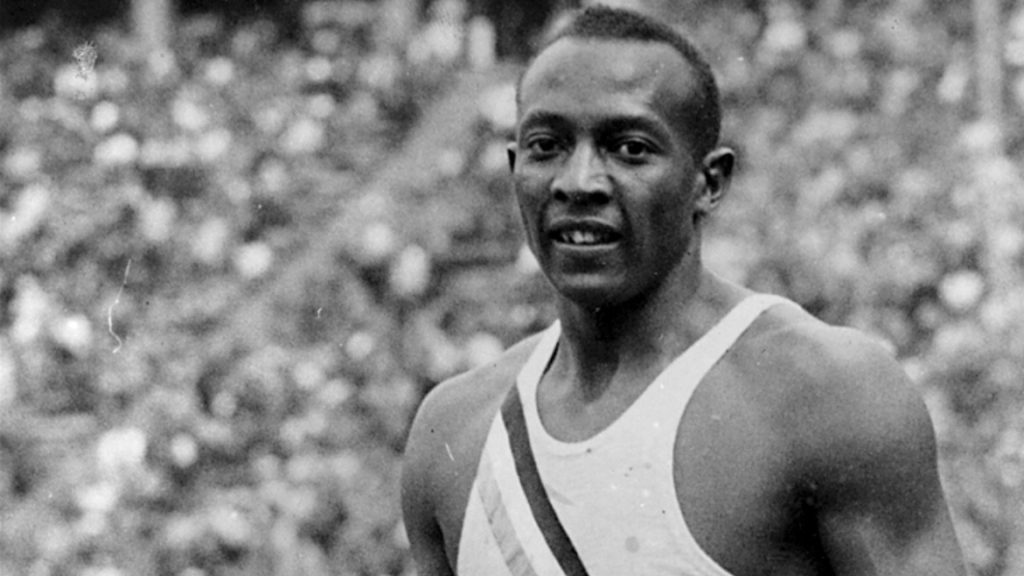
Hitler didn’t count on Jesse Owens. A tremendous track and field athlete, Owen, an African American representing the United States, shattered Hitler’s fairytale about White supremacy by besting the German athletes and winning four gold medals. He won the 100 meters and 200 meters races, the long jump, and the 4×100 meters relays. Hitler was furious to see Owens proving him wrong.
12. An African American Ophthalmologist with an Eye for the Future
An all-around overachiever, Patricia Bath was just 18 years old when she conducted research on the link between cancer and nutrition. She developed a mathematical formula for predicting the growth of cancer cells. Her findings were published in scientific journals. She earned degrees in chemistry, medicine, and ophthalmology.

As a pioneer researcher in the field of lasers in ophthalmology, Bath designed a medical instrument to improve the use of lasers for cataract removal. In 1988, she received a patent for this device, making her the first African American woman to be granted a patent for a medical device.
13. Woni Spotts’s Bucket List Achievement
In September 2018, Los Angeles-native Woni Spotts accomplished something that is secretly on everyone’s bucket list. She checked off the last country on her list and became the first African American woman to have visited every country in the world. She started her travel adventures as a 15-year-old in 1979. By the mid-1980s, she had been to well over 100 countries.

Spotts kept a detailed record of her travels and has noted that some of the nations she visited no longer exist or have changed their names. In April 2019, the Travelers Century Club verified her claim, based on her documentation and passport stamps.
14. The Tuskegee Airmen Never Lost a Bomber
The first African American military airmen in the history of the American armed forces, the Tuskegee Airmen – so named because they trained at Alabama’s Tuskegee Army Airfield – were segregated from other U.S. military units in World War II. In addition, these men faced general distrust and discrimination. The airmen combatted this by proving they had the right stuff.
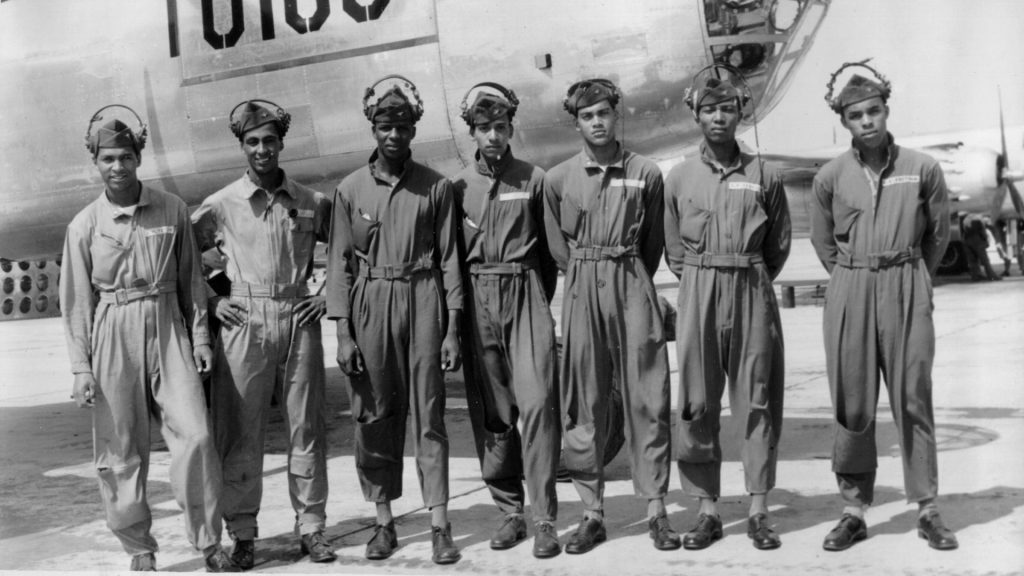
During World War II, the Tuskegee Airmen were tasked with flying escort missions and accompanying bombers on air raids over enemy territory in Europe. Remarkably, the Tuskegee Airmen never lost a bomber. They maintained a perfect record of never losing a bomber to enemy aircraft during their escort missions. This extraordinary feat earned them the respect and praise they deserved.






